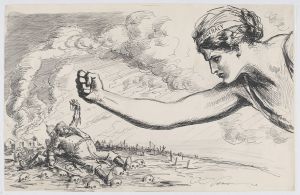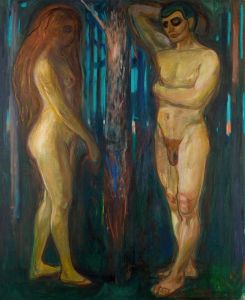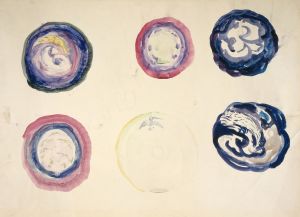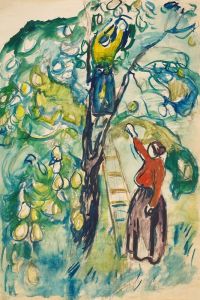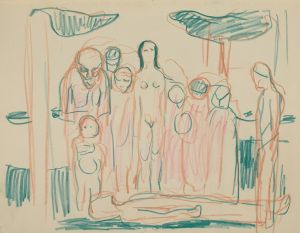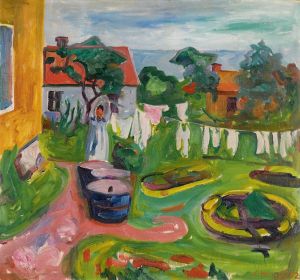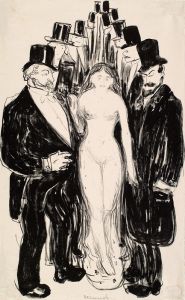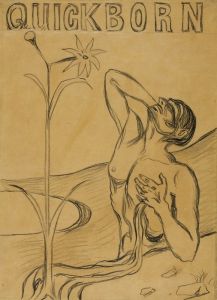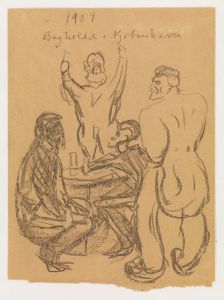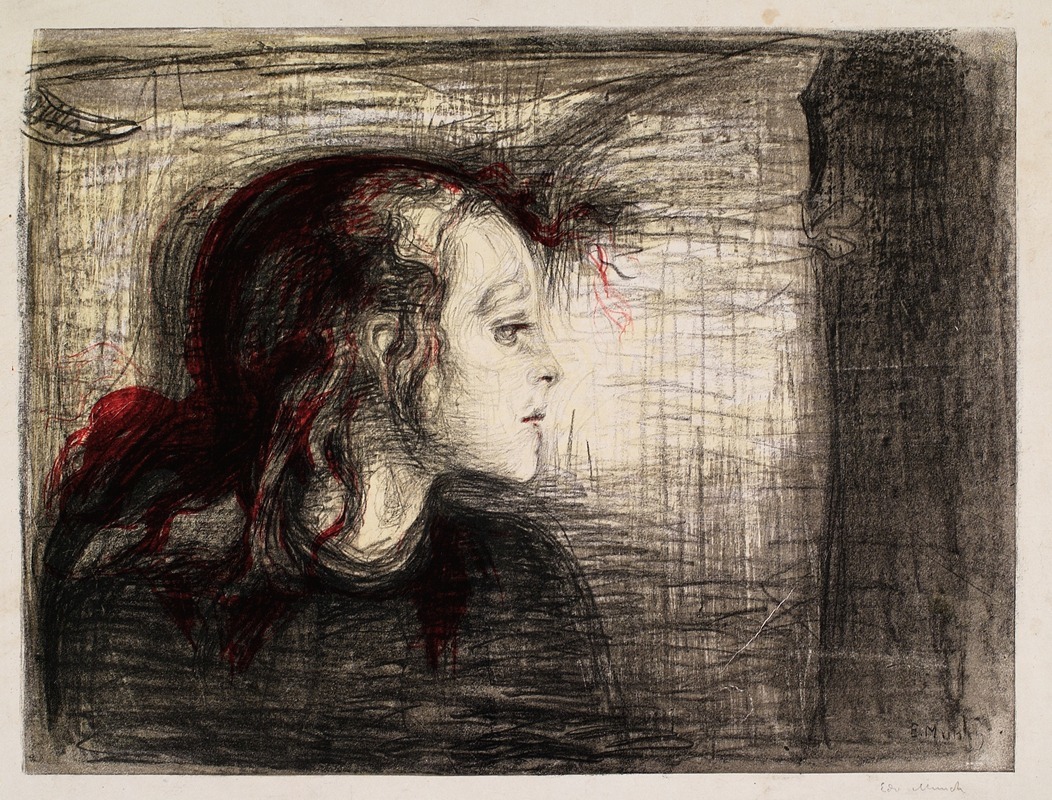
The Sick Child
A hand-painted replica of Edvard Munch’s masterpiece The Sick Child, meticulously crafted by professional artists to capture the true essence of the original. Each piece is created with museum-quality canvas and rare mineral pigments, carefully painted by experienced artists with delicate brushstrokes and rich, layered colors to perfectly recreate the texture of the original artwork. Unlike machine-printed reproductions, this hand-painted version brings the painting to life, infused with the artist’s emotions and skill in every stroke. Whether for personal collection or home decoration, it instantly elevates the artistic atmosphere of any space.
The Sick Child is a painting by Norwegian artist Edvard Munch, first completed in 1885–1886. It is considered one of Munch's earliest significant works and marks a pivotal moment in his artistic development. The painting depicts a young girl, bedridden and frail, with a grieving adult figure seated beside her. The work is widely believed to be a reflection of Munch's personal experience with illness and loss, particularly the death of his older sister, Johanne Sophie, who died of tuberculosis in 1877 when Munch was just 14 years old.
The painting is notable for its emotional intensity and innovative style, which diverged from the more traditional, naturalistic approaches of the time. Munch employed loose, expressive brushstrokes and a muted color palette to convey the somber mood and psychological depth of the scene. The blurred contours and layered textures suggest both the fragility of life and the hazy, fragmented nature of memory. These stylistic choices were unconventional for the period and foreshadowed Munch's later contributions to Symbolism and Expressionism.
Munch revisited the theme of The Sick Child multiple times throughout his career, creating several versions of the composition in different media, including oil paintings, lithographs, and etchings. The original 1885–1886 version is housed in the National Gallery in Oslo, Norway. Subsequent versions are held in various collections, reflecting the enduring significance of this subject in Munch's oeuvre.
At the time of its first exhibition in 1886, The Sick Child received mixed reactions. While some critics dismissed it as unfinished or overly crude, others recognized its emotional power and innovative approach. The painting's reception marked the beginning of Munch's reputation as a groundbreaking artist who challenged conventional artistic norms.
The Sick Child is often seen as a precursor to Munch's later masterpieces, including The Scream and Madonna. It exemplifies his focus on themes of illness, death, and human suffering, which would become central to his artistic vision. The work remains one of Munch's most studied and celebrated pieces, offering insight into both his personal history and his contributions to modern art.







